About a 15-minute drive from Willistown Conservation Trust are the Glen Mills Schools (GMS). While this private institution is closed at the moment, the huge purple martin colony it hosts on its quadrangle is very much open for business.
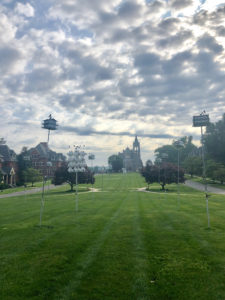
Looking at the 32 purple martin houses on the GMS quad
The purple martins have been living on the school grounds since the 1970s and our Rushton bird conservation team has been helping band the colony for the past 10 years. There are also many chimney swifts in the numerous chimneys of the various 19th century school buildings.
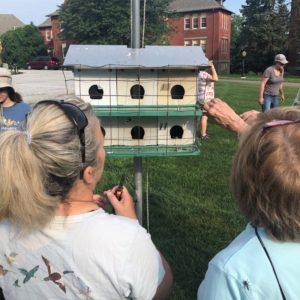
Checking a nest box for nestlings
Volunteers joined together with members of GMS staff, led by Doris McGovern (who was key in establishing the Rushton Woods banding program), to make its annual visit to the campus to band nestlings on July 3, 2019. About a dozen volunteers inspected the 32 martin houses at GMS and very carefully banded 250 fat and healthy purple martin chicks.
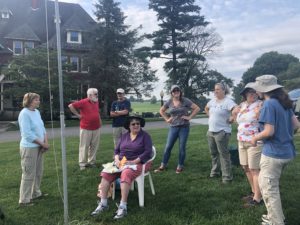
Team receives a briefing
A colony of this size in a very accessible area presents a unique opportunity to band a large number of individuals in just a matter of a few hours. Just like the birds we band at Rushton Woods Preserve, these purple martins will provide valuable information for the study of dispersal, migration, survival rate, reproductive success, and population growth. For example, we know that some of the birds raised at GMS now reside as adults at Bob Lange’s Sugartown Strawberry Farm.
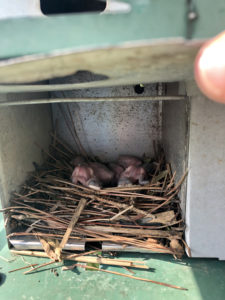
These were a little too small to band
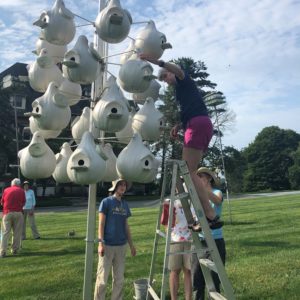
Some purple martins prefer the gourd houses
For more information about our bird conservation program see https://wctrust.org/birds/. For more information about purple martins, visit the Purple Martin Conservation Association https://purplemartin.org
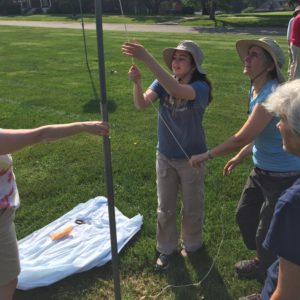
Bird Conservation program intern, Kristen Johnson, raises a nest box back up the pole so the adults can return to care for the young.
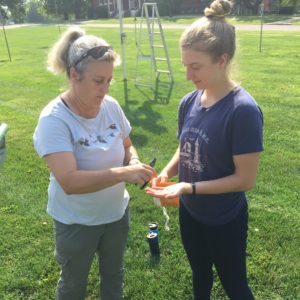
Stewardship program intern Laryssa Terleckyj helps the team keep track of the tiny bird bands.
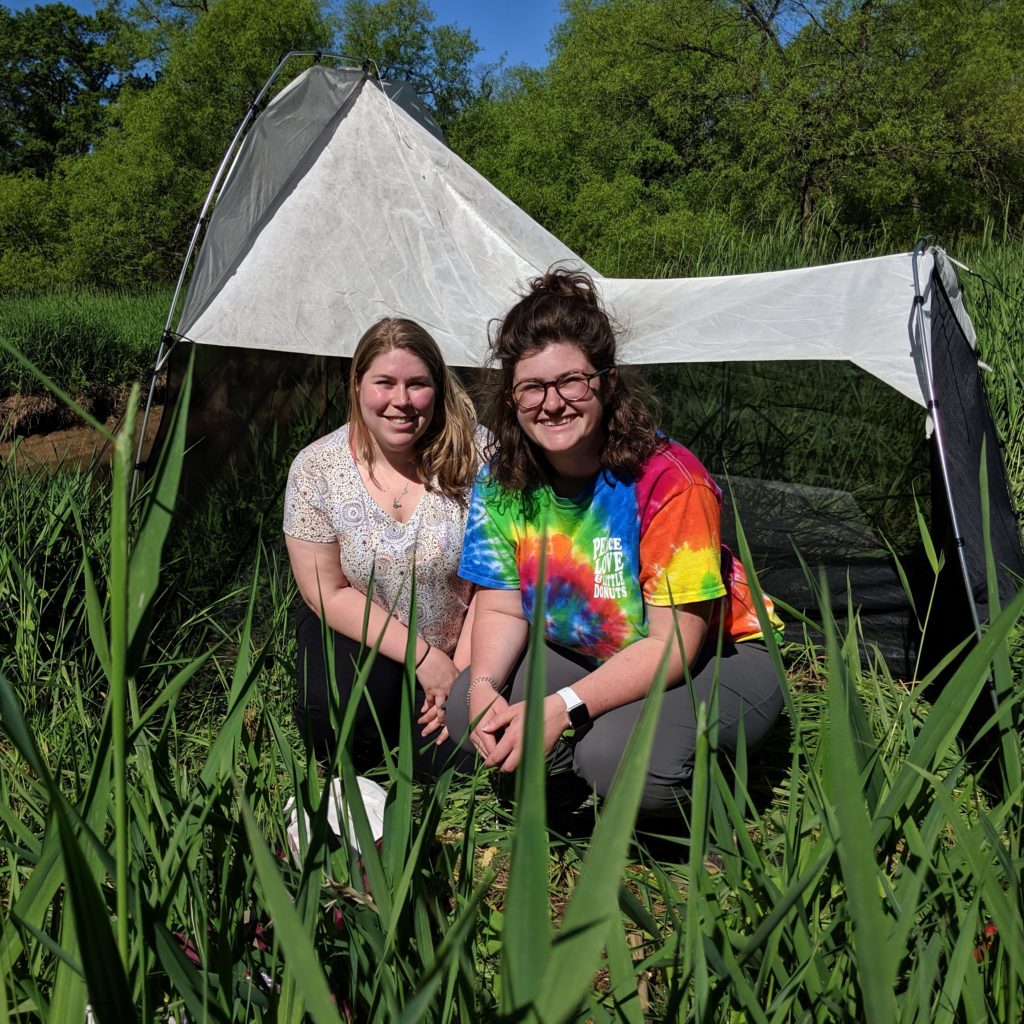
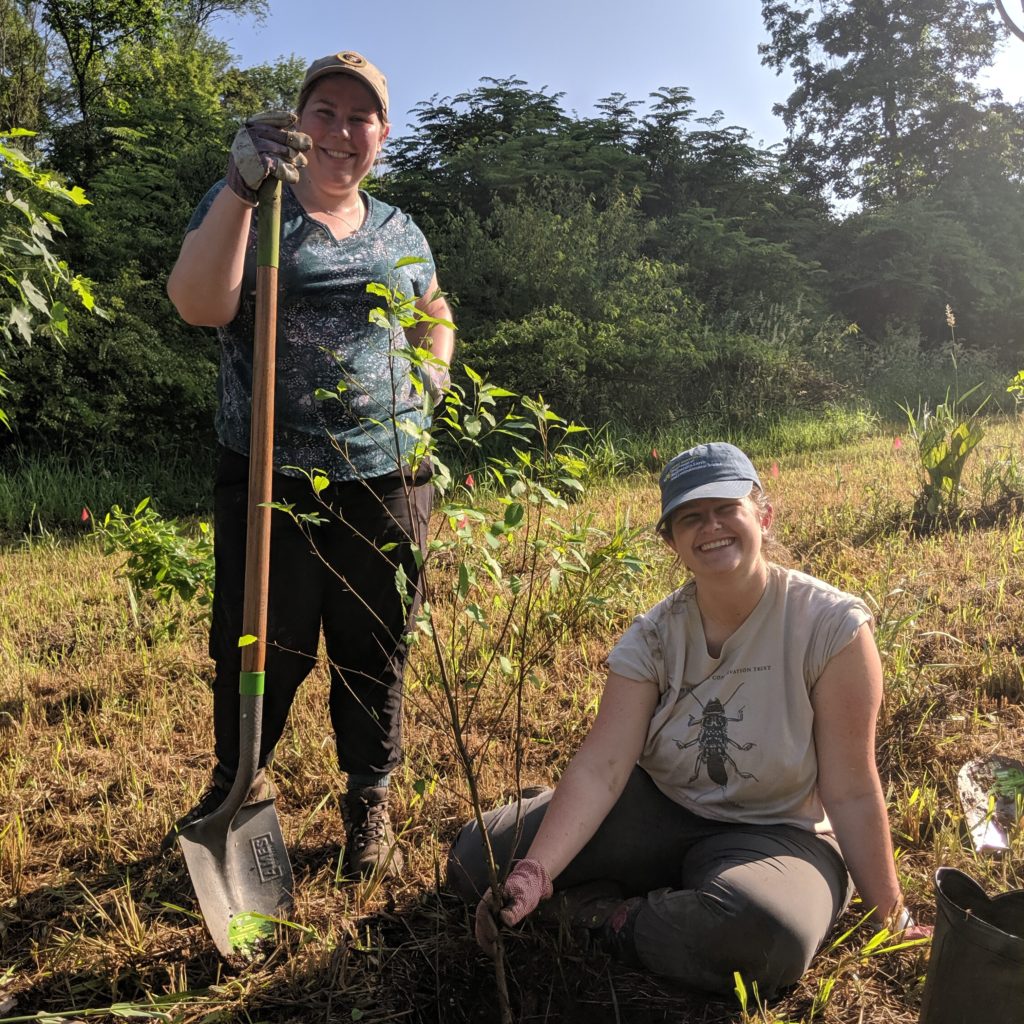
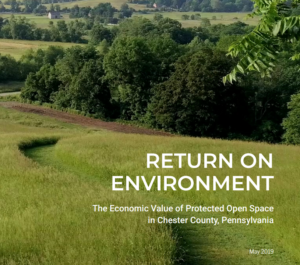
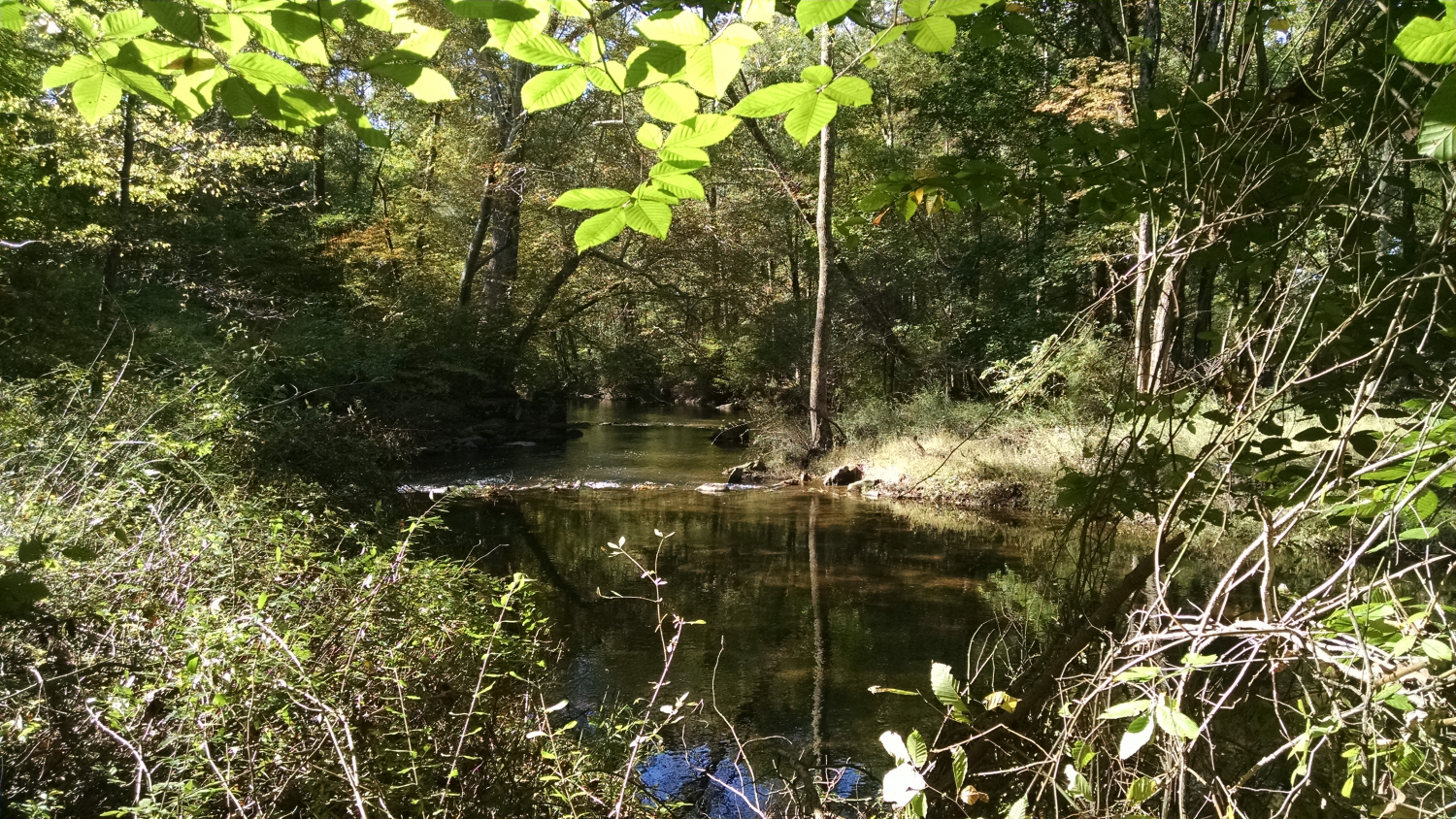 An additional 780 feet of the Crum Creek are protected forever.
An additional 780 feet of the Crum Creek are protected forever.
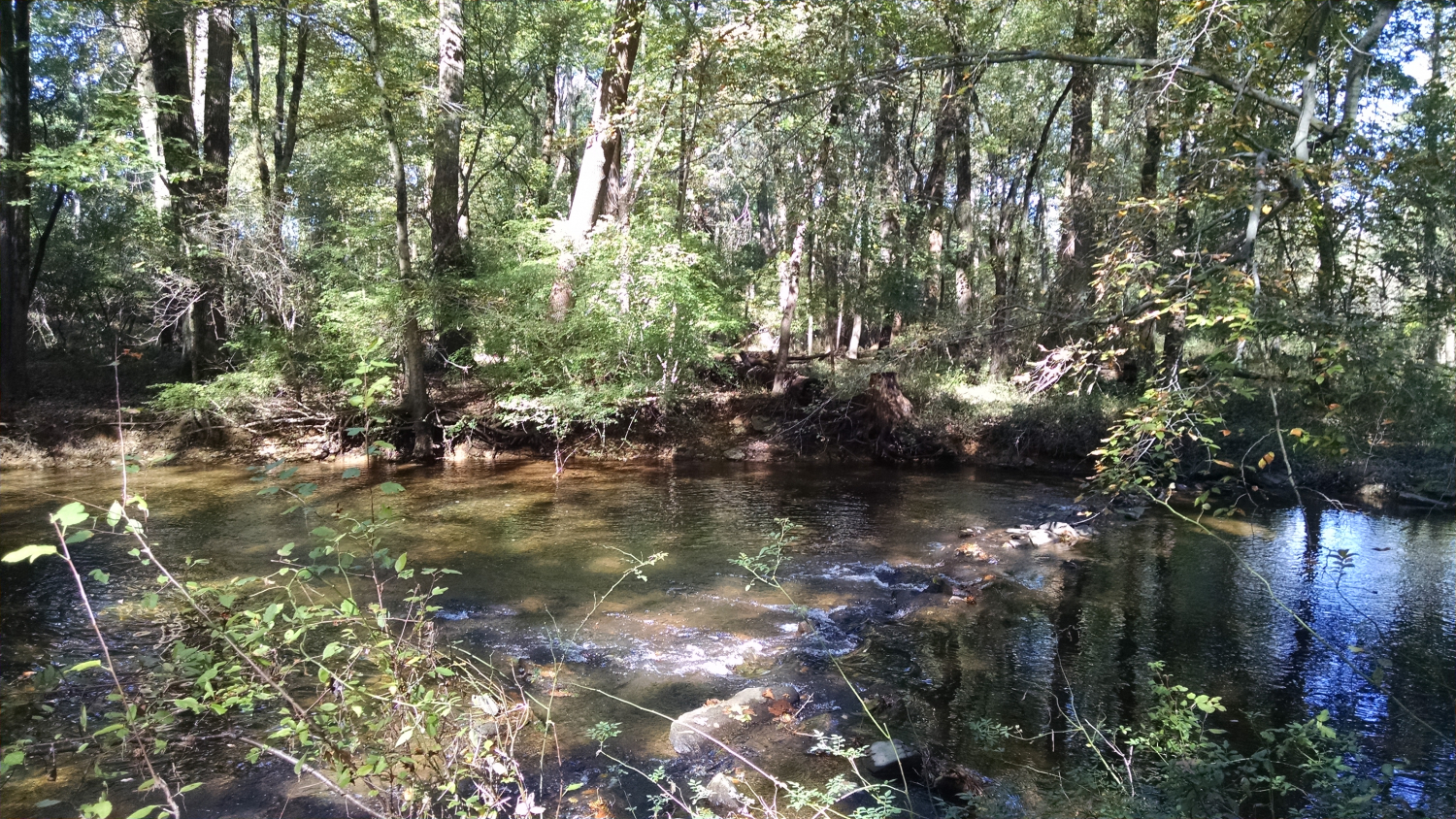 Another view of the newly protected stretch of creek.
Another view of the newly protected stretch of creek.
 Two of the Etherington children and the vegetable garden at Rooster Run Farm.
Two of the Etherington children and the vegetable garden at Rooster Run Farm.
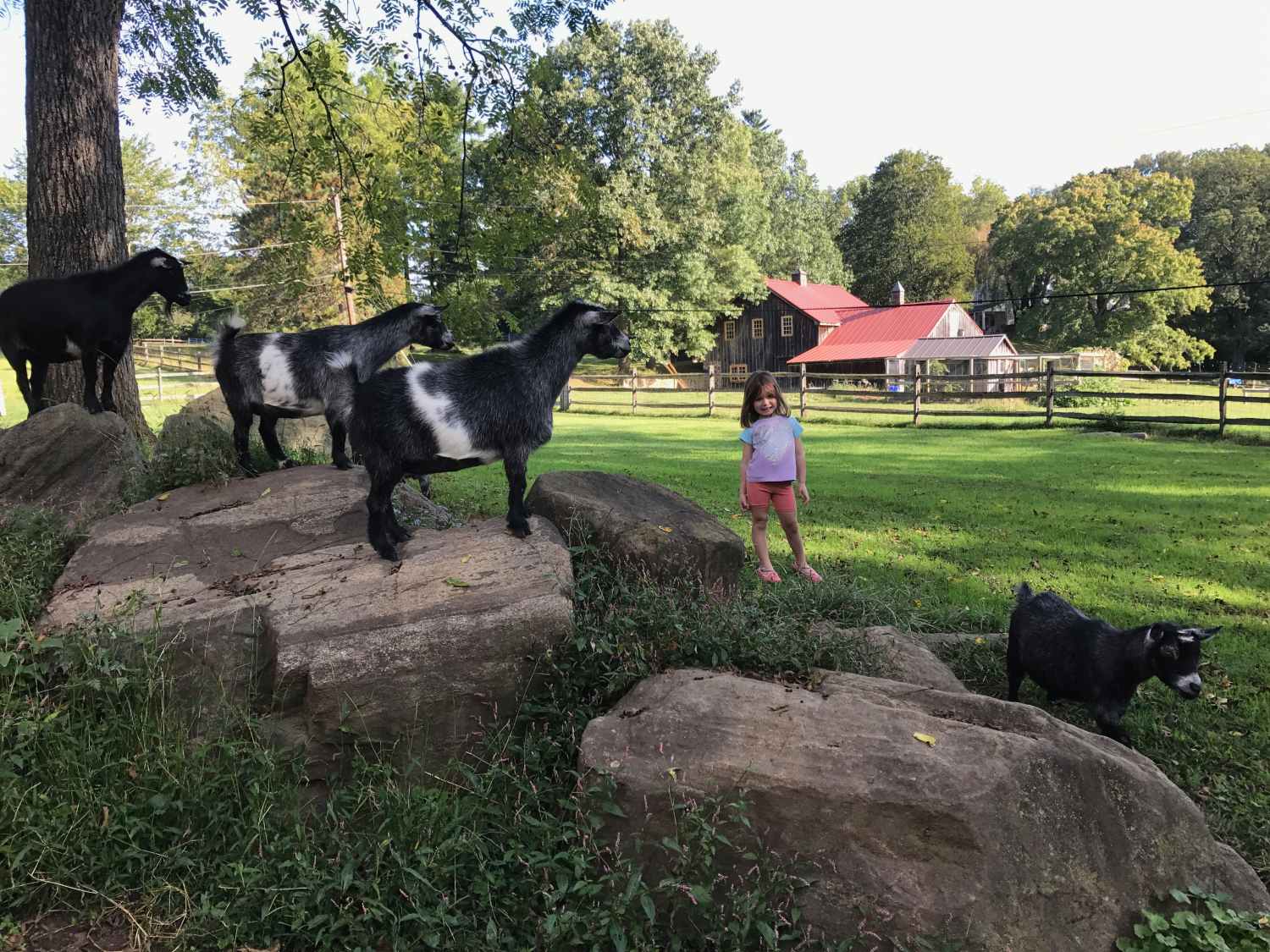 Just a few of the farm animals at Rooster Run Farm.
Just a few of the farm animals at Rooster Run Farm.

